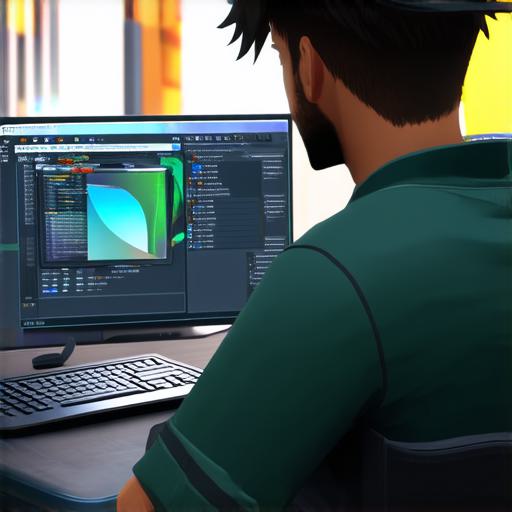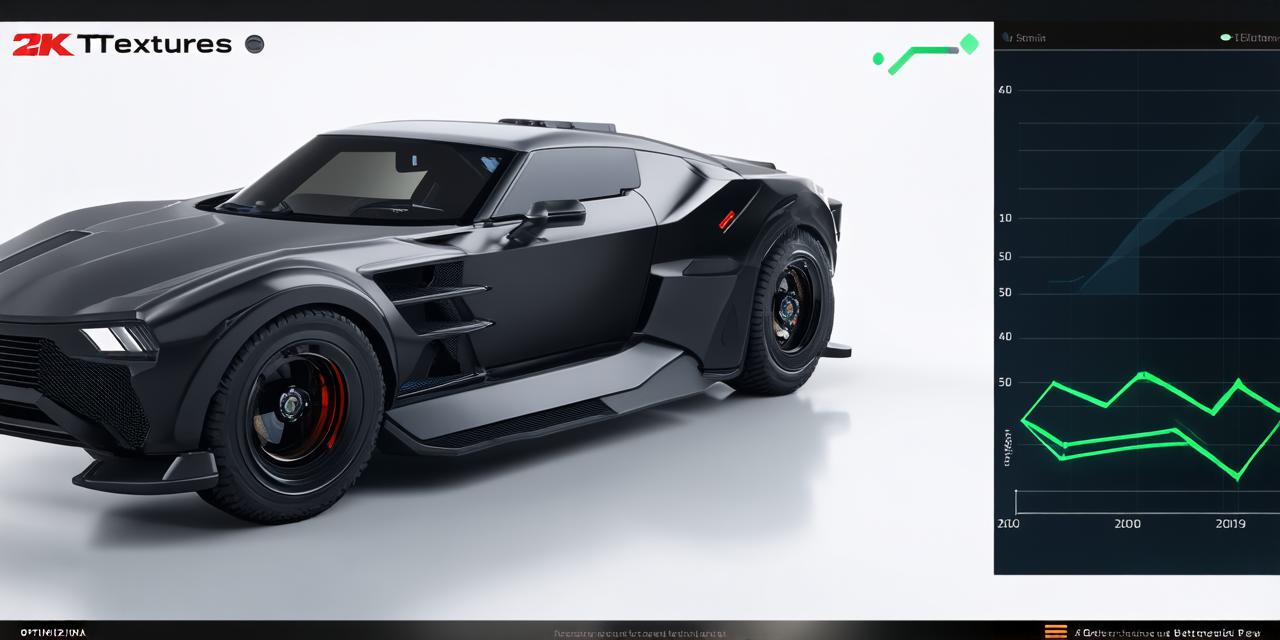VRChat is an incredibly popular virtual reality platform that allows users to interact with each other in immersive and interactive environments. As more developers start building experiences on the platform, they may find that their games are lagging or crashing, which can be frustrating for both developers and players. In this article, we will discuss some tips for optimizing Unity for VRChat to ensure better performance and a smoother gaming experience.
1. Use Low-Poly Models
One of the main reasons why games on VRChat may lag or crash is because they are using high-poly models that require more processing power to render. To optimize your game for VRChat, it’s important to use low-poly models instead. These models are designed to be simplified and require less processing power to render, which can improve performance and reduce the risk of lag or crashes.

2. Optimize Lighting and Shadows
Lighting and shadows can also have a big impact on game performance, especially in VRChat where players are moving around in 3D space. To optimize your game for better lighting and shadow performance, you can use techniques like lightmaps and baked shadows. These techniques allow you to pre-render lighting and shadows for each scene in your game, which can significantly reduce the amount of processing power required to render the game in real-time.
3. Use Dynamic Sound Effects
Sound effects are an important part of any game, but they can also be a performance bottleneck if not optimized properly. To optimize sound effects for VRChat, it’s important to use dynamic sound effects instead of static ones. This allows you to adjust the volume and quality of sound effects in real-time based on player actions and other factors, which can help reduce the amount of processing power required to render sound effects and improve overall performance.
4. Minimize Network Traffic
Network traffic is another key factor that can impact game performance in VRChat. To minimize network traffic and improve performance, you should try to keep the amount of data that needs to be transmitted over the network as low as possible. This can be achieved by compressing textures and other assets, reducing the number of particles and effects in your game, and optimizing your game’s network code to reduce the amount of data that needs to be sent and received.
5. Use Unity Profiler
Finally, to ensure that your game is running smoothly and identify any performance issues, it’s important to use Unity Profiler. This tool allows you to monitor and analyze the performance of your game in real-time, including frame rate, CPU usage, memory usage, and other key metrics. By using Unity Profiler, you can quickly identify any performance bottlenecks and make adjustments to optimize your game for better performance on VRChat.
In conclusion, optimizing Unity for VRChat is essential for creating a smooth and enjoyable gaming experience for players. By using low-poly models, optimizing lighting and shadows, using dynamic sound effects, minimizing network traffic, and using Unity Profiler, developers can significantly improve game performance and reduce the risk of lag or crashes.
